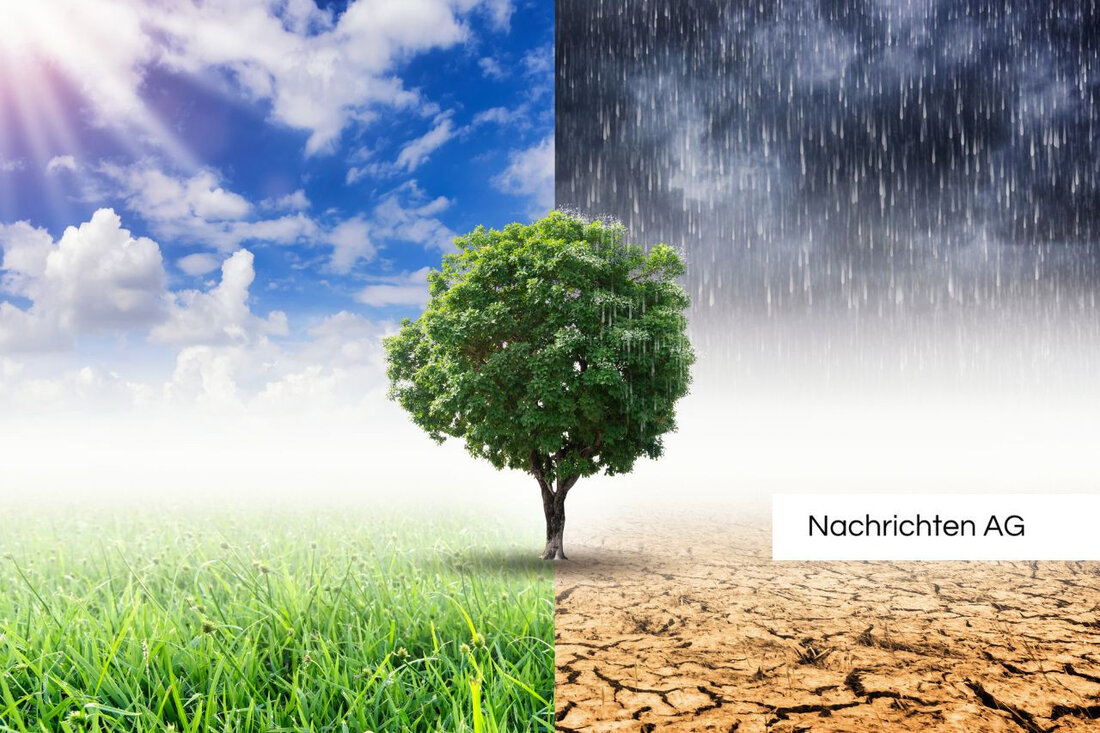Perfect water quality in almost all swimming lakes in Rhineland-Palatinate!
Rhineland-Palatinate will record the highest water quality in bathing lakes in 2025. Regular monitoring, information and hygiene instructions are important.

Perfect water quality in almost all swimming lakes in Rhineland-Palatinate!
In Rhineland-Palatinate there has been an encouraging development in water quality in the bathing lakes this year. As the Ministry for Climate Protection, Environment, Energy and Mobility Rhineland-Palatinate reports, almost all of the 66 EU bathing lakes in the country meet the microbiological EU limit values and are distinguished excellent or good water quality. The Triolago-Riol near Trier is particularly surprising with its first-time classification as “excellent”. Only Lake Germersheim receives the rating “sufficient”.
These positive results are the result of regular checks by the health authorities and the State Office for the Environment. The comprehensive data is available in the public “Bathing Water Atlas”, which provides useful information on sunbathing facilities, sanitary facilities and catering establishments. Guests are advised to find out about the current water quality before going to the pool, as this can be affected by various factors.
Influence of climate and environment
This spring has been one of the driest and warmest since 1881. However, higher temperatures and prolonged drought could cause water bodies to "tip over" while encouraging the spread of cyanobacteria, better known as blue-green algae. These cyanobacterial mass developments pose a significant health risk as they can lead to skin irritation and gastrointestinal illnesses, particularly in children.
Current data from the Umweltbundesamt show that the occurrence of cyanobacteria in stagnant water depends heavily on nutrient concentrations, especially total phosphorus. Monitoring these parameters is therefore of great importance in order to identify health risks in a timely manner and to initiate appropriate measures, such as temporary bathing bans.
Rules and recommendations for bathers
Bathing water is monitored not only through regular water samples, but also through remote sensing technologies, which offer a number of advantages in the early detection of algae blooms. Visibility depth measurements are crucial because water can turn greenish when exposed to high levels of cyanobacteria. Bathers are therefore required to pay attention to local warnings and information and to adhere to the hygiene and behavior rules of the responsible district administrations and operators.
- Schwimmen ist nur an ausgewiesenen Badestellen erlaubt.
- Baden in Fließgewässern kann ein zusätzliches Risiko bergen.
- Abfälle sind ordnungsgemäß zu entsorgen und Tiere nicht zu füttern.
Nevertheless, the bathing lakes bathing atlas shows that the majority of bathing lakes in Rhineland-Palatinate are considered safe and inviting. Annual analyzes and consideration of current climate data are the key to maintaining this positive development. Regular information and transparency are crucial to providing guests with the best possible bathing experience.

 Suche
Suche
 Mein Konto
Mein Konto